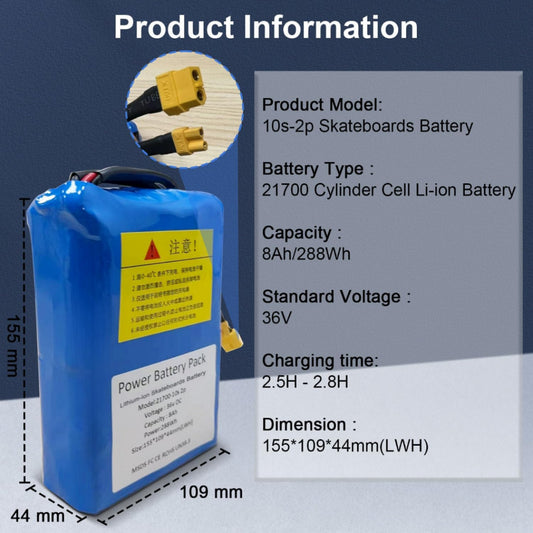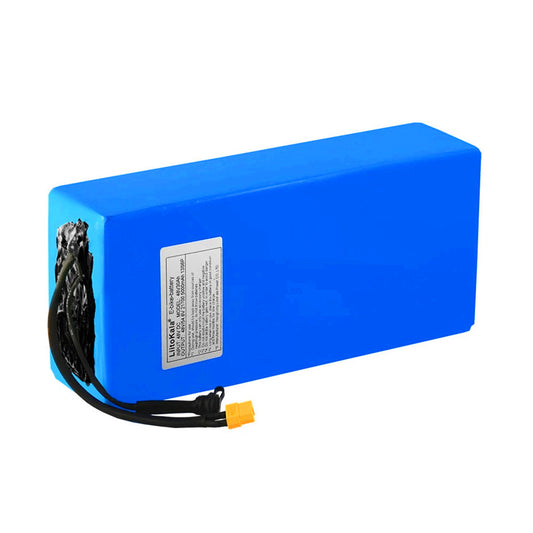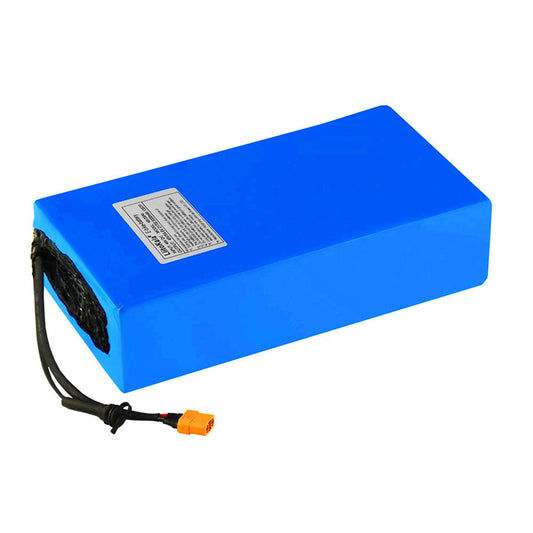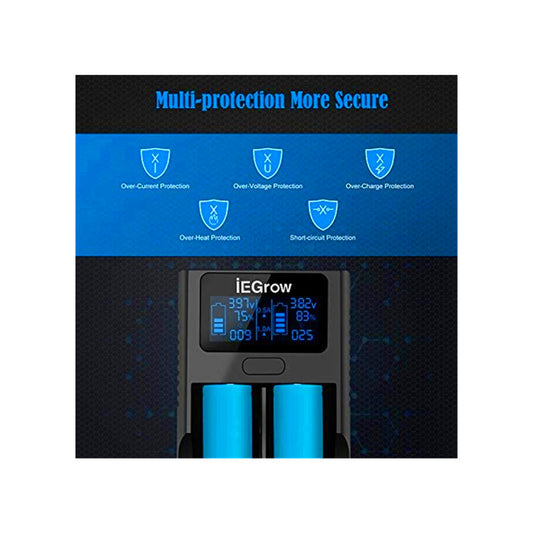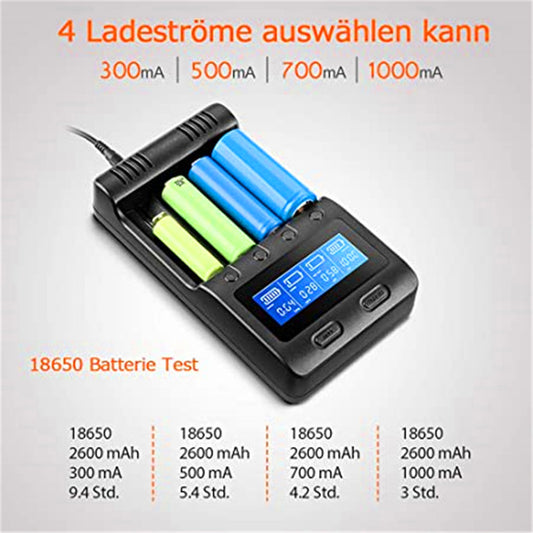With rising environmental consciousness and advances in technology, electric bikes (e-bikes) have soared in popularity as a mode of transport. The battery of an e-bike doesn't just affect its range but is also crucial for the bike's overall performance. In this article, we'll explore the typical lifespan of e-bike batteries and offer tips on how to prolong their life.
What Affects the Lifespan of an Electric Bike Battery?
Several factors would determine the lifespan of an electric bike battery:
-
Type of battery: Different technologies, such as lithium-ion, nickel-metal hydride, or lead-acid, each come with its own lifespan and performance traits.
-
Usage frequency: Regular use and riding in demanding conditions can reduce a battery's life.
-
Charge cycles: An e-bike battery endures a finite number of full charge-discharge cycles before its capacity starts to wane significantly.
-
Charging practices: Avoid fully depleting and recharging the battery. Optimal charging involves keeping the battery between 20% and 80% capacity.
-
Maintenance: Routine checks and upkeep, including proper storage and terminal cleaning, enhance battery life.
-
Temperature effects: E-bike batteries are susceptible to temperature changes. High temperatures can hasten degradation, while extreme cold can diminish efficiency temporarily.
-
Battery Management System (BMS): A robust BMS safeguards the battery against overcharging and overheating, aiding in its longevity.
By paying attention to these elements, you can not only prolong the battery's life but also boost the overall performance and dependability of your electric bike.

How Long Does an Electric Bike Battery Typically Last?
The lifespan of an electric bike battery depends on its type and how it's used, usually lasting between 3 to 5 years. If we measure by charge cycles, high-quality lithium batteries can withstand between 500 to 1,000 full cycles before their capacity begins to decline. This equates to roughly 25,000 to 50,000 kilometers, influenced by factors such as riding style, terrain, and how the battery is charged. Proper maintenance and adherence to recommended charging practices can greatly prolong a battery's life. Batteries that are well cared for tend to maintain their performance longer.
What Factors Affect the Range of E-bike Batteries?
The range of an electric bike battery is shaped by a mix of internal and external factors. Here’s what influences how far you can go on a single charge:
-
Battery Capacity: The size and storage capacity of the battery plays a crucial role. Larger batteries store more energy, which can significantly extend the range of your e-bike.
-
Usage Habits: High-speed riding or frequent acceleration increases energy consumption. Conversely, maintaining moderate speeds and smooth riding can boost your e-bike’s range.
-
Topography: Hilly or mountainous terrain demands more power than flat surfaces, affecting how far you can travel.
-
Weather Conditions: Cold weather can lower battery efficiency, reducing range. Wind resistance and humidity also influence energy use.
-
Weight and Load: Heavier riders or extra cargo can drain the battery faster, as more energy is required to move additional weight.
-
Tire Pressure: Under-inflated tires create more rolling resistance, which leads to increased energy consumption.
-
Maintenance Condition: An e-bike that’s well-maintained, with components like the chain and bearings in good working order, will use energy more efficiently.
What is the Battery Management System of an E-bike Battery?
The Battery Management System (BMS) is an essential component for supervising and managing the battery pack, such as the 18650 battery pack for E-bike, in an electric bike. Here are its key functions:
-
Charge and Discharge Management: The BMS regulates the charging and discharging processes, maintaining operation within safe voltage and current limits to prevent overcharging or deep discharging, thereby extending the battery's lifespan.
-
Battery Condition Monitoring: It continuously tracks crucial parameters like voltage, current, and temperature. This data allows the BMS to evaluate the health and performance of the battery.
-
Balance Management: To maintain voltage uniformity across the battery cells, the BMS performs balancing operations. This ensures that all cells are charged and discharged evenly, which prevents excessive strain on any single cell and enhances the overall lifespan and performance of the battery pack.
-
Temperature Control: The BMS monitors the battery's temperature and adjusts it as necessary by managing heat dissipation or limiting current flow to prevent damage from overheating.
-
Fault Diagnosis and Protection: The BMS is capable of identifying potential faults such as short circuits or excessive heat and can take immediate protective measures, such as disconnecting the battery, to ensure user safety.
How to Prolong the Lifespan of Your E-bike Battery?
To ensure your e-bike battery remains efficient and functional for as long as possible, consider these tips:
-
Maintain Moderate Charge Levels: Aim to keep the battery charged between 20% and 80% capacity to avoid the stress of full charges and complete discharges.
-
Regular Charging: Charge the battery periodically, even if the bike is not in use, to prevent the harmful effects of deep discharge.
-
Proper Storage Conditions: Store the battery in a cool, dry place away from extreme temperatures to help extend its lifespan.
-
Use Slow Charging Techniques: Although fast charging is convenient, charging the battery at lower currents is less stressful and more beneficial for its longevity.
-
Cleaning and Maintenance: Regularly clean the battery contacts and keep them free from corrosion to maintain optimal performance.
-
Use the Correct E-Bike Charger: Always use a charger specifically designed for e-bike batteries. Look for one that is compatible with your battery and includes short-circuit protection to enhance the battery's lifespan and ensure safety.
-
Avoid Prolonged Exposure to Direct Sunlight: Keeping the battery out of direct sunlight can prevent overheating, which may shorten its lifespan.

How to Store an E-bike Battery Correctly?
To optimally store an electric bike battery and maximize its lifespan, follow these steps:
-
Adjust the charge level: It's recommended to bring the battery to a charge level of 40% to 60% before storage. Avoid both full charge and complete discharge as both can harm the battery in the long term.
-
Cool and dry environment: Store the battery in a cool, dry place. Avoid extreme temperatures. An ambient temperature between 10°C and 20°C is ideal.
-
Periodic charging: During long-term storage, the battery should be charged every three to six months to prevent deep discharge, which can damage the battery cells. Please follow the charging guide provided by battery manufacturer.
-
Avoid contact with metals: Ensure the battery does not come into contact with metal objects to prevent short circuits.
-
Protection from moisture: The storage area should be well-ventilated to prevent moisture buildup, which could cause corrosion.
The following table, provided by Battery University, shows the effects of storage temperature and charge level on capacity loss. It is clear that high temperatures (over 25°C) and full charging (100% charge) cause the greatest and most irreversible damage to battery capacity. Therefore, we must strictly adhere to the mentioned recommendations.
|
Temperature |
40% Charge |
100% Charge |
|
0°C |
98%(After a Year) |
94%(After a Year) |
|
25°C |
96%(After a Year) |
80%(After a Year) |
|
40°C |
85%(After a Year) |
65%(After a Year) |
|
60°C |
75%(After a Year) |
60% (After 3 Months) |
Summary
E-bikes generally last between 3 to 5 years. To enhance the efficiency and longevity of batteries, it's crucial to avoid full charges and deep discharges, charge them timely, and maintain an optimal temperature. Moreover, proper long-term storage plays a vital role in ensuring the health of the battery. If you need more advice, feel free to look for your professional electric bike battery seller.



